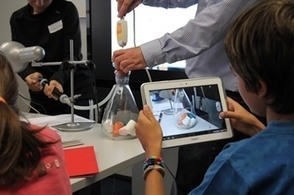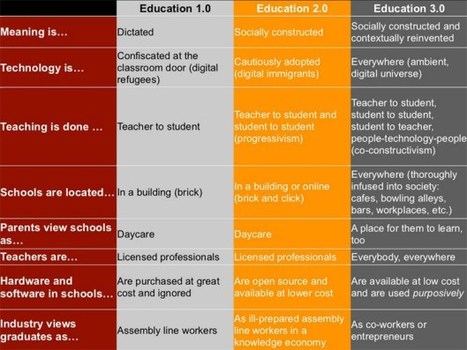The Creative Classrooms Lab project (CCL) brought together teachers and policy-makers in eight countries to design, implement and evaluate 1:1 tablet scenarios in 45 schools. The project produced learning scenarios and activities, guidelines and recommendations to help policy-makers and schools to take informed decisions on optimal strategies for implementing 1:1 initiatives in schools and for the effective integration of tablets into teaching and learning. The project, funded by the European Commission’s Lifelong Learning Programme, was coordinated by European Schoolnet, involved 10 partners and ran from April 2013 to May 2015.
Via Gust MEES



 Your new post is loading...
Your new post is loading...













The Creative Classrooms Lab project (CCL) brought together teachers and policy-makers in eight countries to design, implement and evaluate 1:1 tablet scenarios in 45 schools. The project produced learning scenarios and activities, guidelines and recommendations to help policy-makers and schools to take informed decisions on optimal strategies for implementing 1:1 initiatives in schools and for the effective integration of tablets into teaching and learning. The project, funded by the European Commission’s Lifelong Learning Programme, was coordinated by European Schoolnet, involved 10 partners and ran from April 2013 to May 2015.